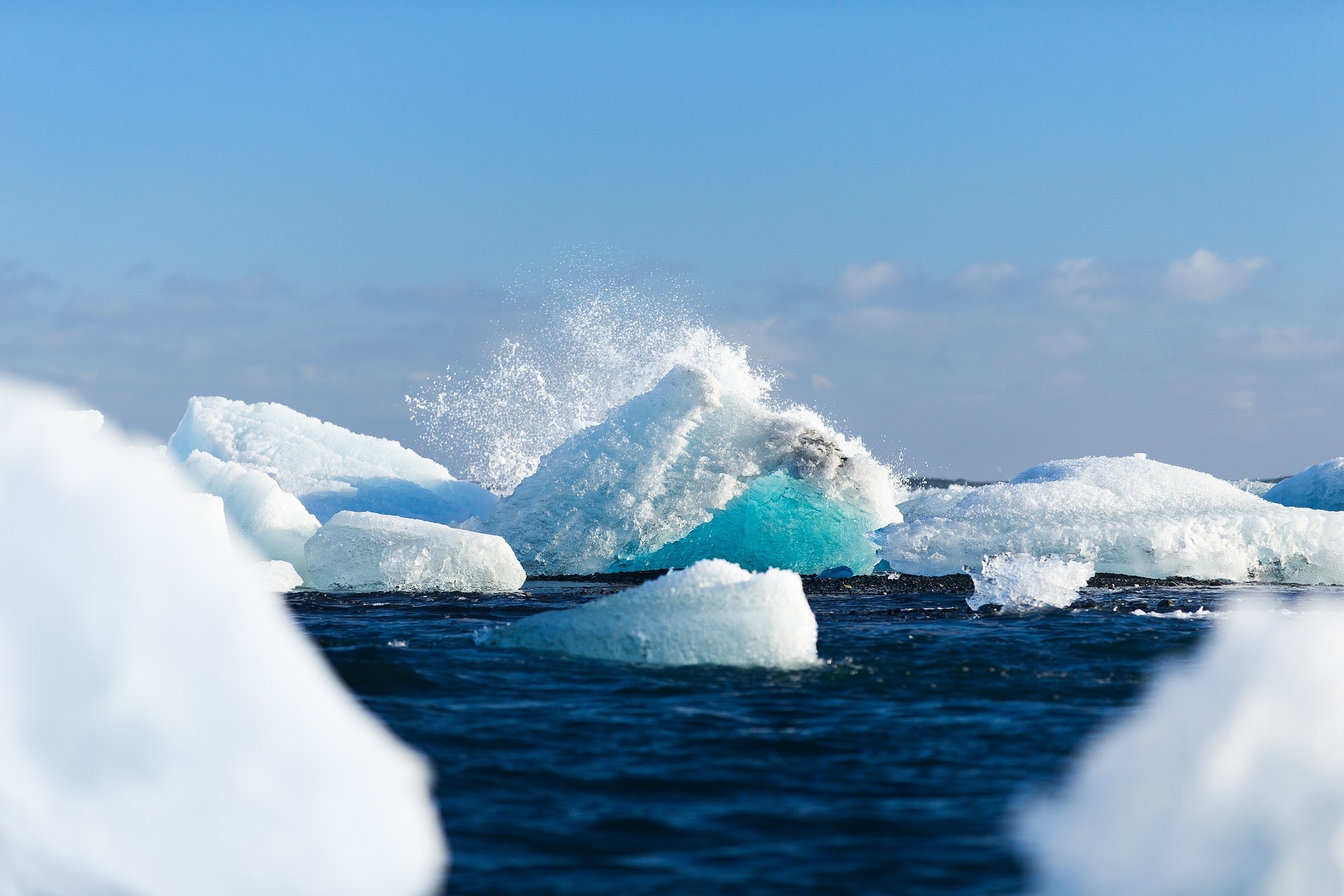
The Arctic Ocean is about to get spicier
Source: sciencenews.org
Relative temperature and salinity variations within seawater of the same density. Warmer, saltier ocean water is considered spicy while cooler, fresher water is minty.
Climate change will spice up the Arctic Ocean, researchers report in the April Journal of Physical Oceanography.
Seawater that is both salty and cold is the most dense, and therefore sits deep in the ocean. Unlike the rest of the world’s oceans, in the cold Arctic, the density of seawater is almost entirely determined by saltiness rather than temperature. That’s because at near-freezing temperatures, hydrogen atoms hold water molecules together, so as temperatures rise, water expands less rapidly — and therefore temperature has less of an effect. This means that as long as it’s saltier, warmer seawater can sink below colder seawater in the Arctic Ocean.
As the region warms, however, temperature will have a stronger influence on Arctic seawater density than it does now. That change will mean warmer, saltier water will rise to the same depth as cooler, fresher water. The spiciness boost will make it more difficult for warm water to enter the deep ocean.
With more heat held at the surface, the fate of sea ice is uncertain. The sea ice–growing season could be delayed each fall, but once the season progresses, lower ocean temperatures could boost sea ice. One thing is clear, says Yale University oceanographer Mary-Louise Timmermans, who coauthored the study:
“The way the Arctic Ocean works will change.”

M.-L. Timmermans
